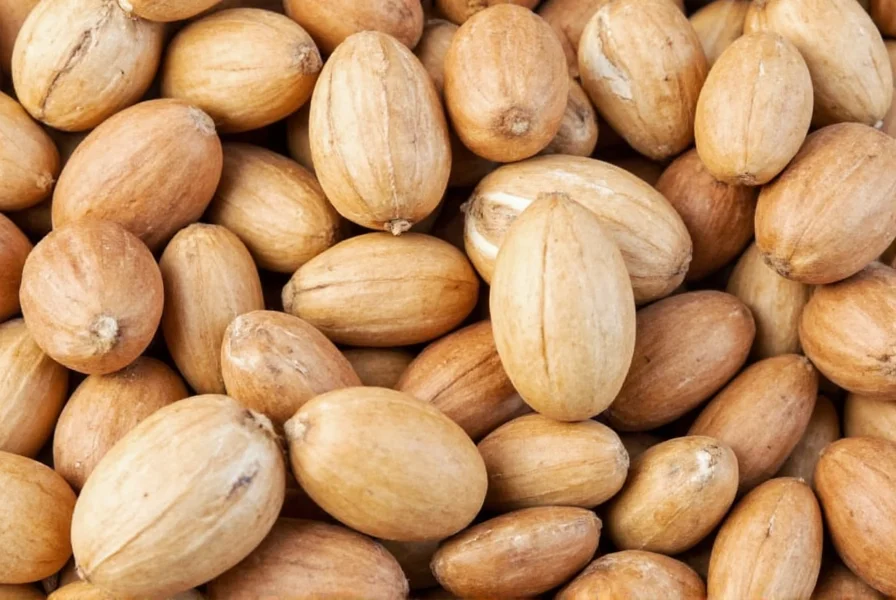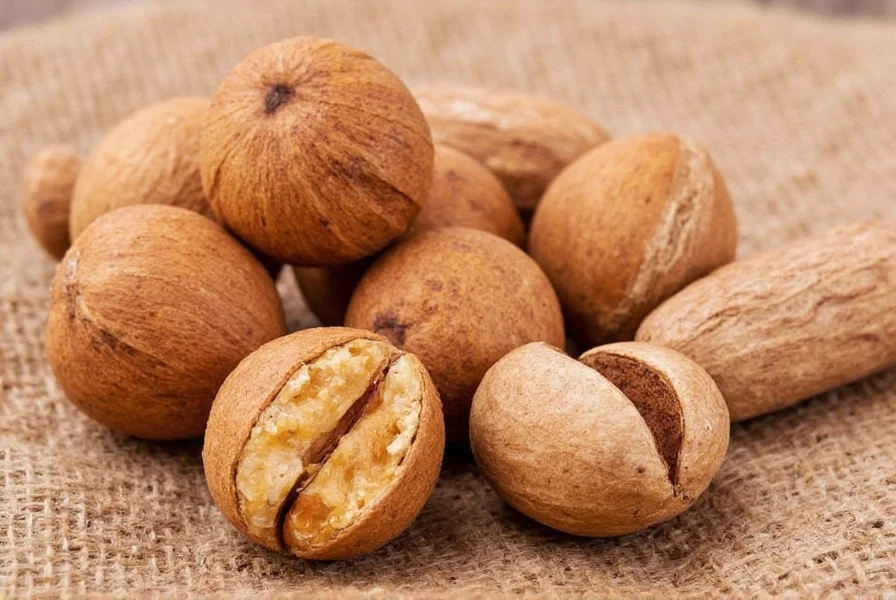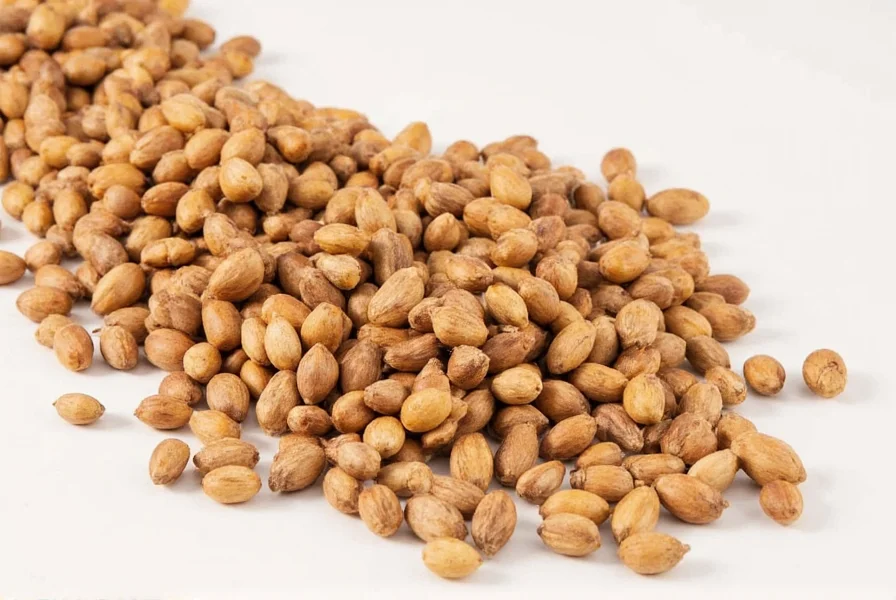Nutmeg's misleading name often causes confusion, particularly among those navigating food allergies. Understanding the botanical reality behind this popular spice can prevent unnecessary dietary restrictions while ensuring genuine allergen safety.
Botanical Classification: What Nutmeg Really Is
Nutmeg comes from the Myristica fragrans tree, an evergreen species that produces a peach-like fruit. Within this fruit lies a single seed—the nutmeg—surrounded by a lacy red membrane that becomes mace when dried. This seed structure fundamentally differs from tree nuts, which are dry fruits with a hard shell and edible kernel.
Unlike true tree nuts that develop from the ovary of a flower, nutmeg is technically a seed harvested from a fleshy fruit. The Myristica fragrans tree belongs to the Myristicaceae family, while tree nuts come from various unrelated botanical families including:
| True Tree Nuts | Botanical Family | Common Allergens |
|---|---|---|
| Walnuts, Pecans | Juglandaceae | Yes |
| Almonds, Hazelnuts | Rosaceae | Yes |
| Cashews, Pistachios | Anacardiaceae | Yes |
| Nutmeg | Myristicaceae | No (not a tree nut) |
Allergy Implications: Why the Distinction Matters
For individuals with tree nut allergies, understanding whether nutmeg is safe for people with tree nut allergies is crucial. Major allergy organizations including the American College of Allergy, Asthma, and Immunology confirm that nutmeg does not trigger reactions in people with tree nut allergies because it lacks the specific proteins that cause these immune responses.
However, some important considerations exist:
- Nutmeg contains different allergenic proteins unrelated to tree nut allergens
- Cross-contamination can occur during processing if facilities handle both nutmeg and actual tree nuts
- Some individuals may have a separate allergy to nutmeg itself, though this is rare

Culinary Context: Using Nutmeg Safely
Chefs and home cooks frequently wonder can people with nut allergies eat nutmeg without concern. In culinary applications, nutmeg behaves differently than tree nuts:
- Used as a spice in small quantities (typically 1/8 to 1/4 teaspoon per recipe)
- Provides warm, slightly sweet flavor to both sweet and savory dishes
- Common in baked goods, sauces, and spice blends like pumpkin pie spice
When purchasing nutmeg, those with severe allergies should look for products labeled as processed in nut-free facilities to avoid cross-contamination risks. Whole nutmeg seeds generally pose less risk than pre-ground versions, which may be processed alongside other spices.
Nutmeg Consumption Guidelines
While not a tree nut allergen concern, nutmeg does contain myristicin, a compound that can cause adverse effects in large quantities. The FDA considers nutmeg safe as a food ingredient when used in normal culinary amounts.
Recommended safe consumption levels:
- Culinary use: Up to 1-2 teaspoons per day
- Maximum safe limit: Approximately 5 grams (1 teaspoon) daily
- Therapeutic doses should only be used under medical supervision

Scientific Consensus on Nutmeg Classification
Botanists and food scientists consistently classify nutmeg as a seed spice rather than a nut. The nutmeg botanical classification places it firmly outside the tree nut category. Research published in the Journal of Allergy and Clinical Immunology confirms that the proteins in nutmeg share no significant homology with those in tree nuts, explaining why cross-reactivity is extremely rare.
This scientific understanding helps clarify common misconceptions about the difference between nutmeg and tree nuts. While both may appear in similar sections of grocery stores, their biological origins and chemical compositions differ substantially.
Frequently Asked Questions
Is nutmeg considered a tree nut for allergy purposes?
No, nutmeg is not considered a tree nut for allergy purposes. It is a seed from the Myristica fragrans fruit and does not contain the proteins that trigger tree nut allergies. Major allergy organizations confirm that people with tree nut allergies can typically consume nutmeg safely.
Can someone with a nut allergy eat nutmeg?
Yes, most people with tree nut allergies can safely consume nutmeg because it is not botanically related to tree nuts. However, individuals should check for potential cross-contamination during processing and consult their allergist if they have concerns about specific products.
Why is nutmeg called a nut if it's not a nut?
Nutmeg earned its name from its appearance and texture, which resemble a nut when dried. The seed's hard shell and the way it's used in cooking contributed to this historical misnomer. Botanically, however, it's correctly classified as a seed, not a nut.
Does nutmeg contain the same allergens as tree nuts?
No, nutmeg does not contain the same allergenic proteins found in tree nuts. Scientific studies show no significant protein homology between nutmeg and tree nuts, which is why cross-reactivity is extremely rare. Nutmeg allergies exist but are separate from tree nut allergies.
Is mace related to nutmeg?
Yes, mace is directly related to nutmeg. It's the lacy red membrane (aril) that surrounds the nutmeg seed inside the fruit. When dried, this membrane becomes the spice mace, which has a similar but more delicate flavor profile than nutmeg. Both come from the same fruit but are different spice products.











 浙公网安备
33010002000092号
浙公网安备
33010002000092号 浙B2-20120091-4
浙B2-20120091-4